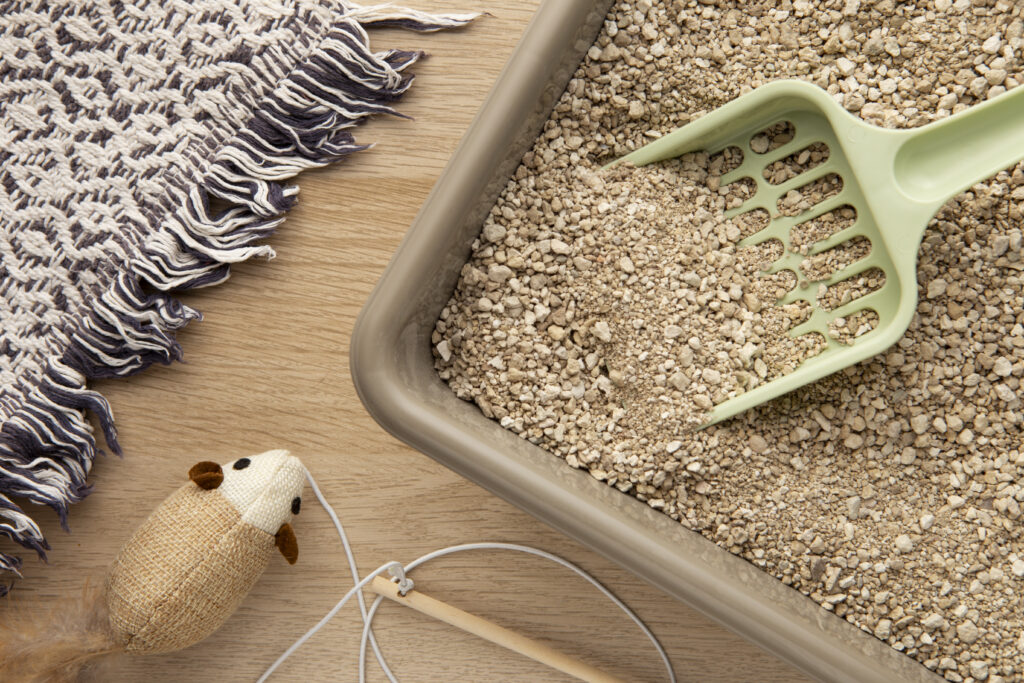Indar Pet
Urgent Care for Cats: Understanding Urinary Blockages
A urinary blockage in cats is a true medical emergency. It can develop suddenly, and without immediate intervention, it can become life-threatening within hours. Knowing the signs, understanding what to do, and planning ahead can save your cat’s life.
🐾 What is a Urinary Blockage?
A urinary blockage occurs when the urethra becomes partially or fully obstructed, preventing your cat from urinating. Male cats are especially prone due to their narrow urethra. Blockages can lead to:
-
Severe pain and discomfort
-
Buildup of toxins in the bloodstream
-
Kidney damage
-
Life-threatening complications if untreated
⚠️ Critical Signs to Watch For
If your cat shows any of these symptoms, act immediately:
-
Straining to urinate or producing very little urine
-
Frequent trips to the litter tray with no result
-
Vocalising in pain when trying to urinate
-
Lethargy, hiding, or weakness
-
Vomiting
-
Swollen or painful abdomen
-
Excessive licking of the genital area
-
Urinating outside the litter tray
Even a cat that seems calm could be partially blocked, so don’t wait.
Immediate Actions You Should Take
-
Contact a veterinarian immediately — do not try to treat a blockage at home.
-
Know your nearest emergency clinic or vet hotline before an incident occurs, especially if you’re on holiday.
-
Prepare transport in advance:
-
If you have a car, ensure it’s ready for an emergency trip.
-
If not, ask a neighbour, friend, or family member who can drive.
-
Consider taxi options like Uber or local pet transport services.
-
-
Keep a kit ready with your cat’s medical info, vaccination records, and emergency contacts.
Planning ahead is crucial — urinary blockages can worsen rapidly, and every minute counts.
Supporting Urinary Health at Home
While blockages require immediate veterinary care, you can support your cat’s urinary system naturally to reduce risk:
-
Hydration: Wet food, fresh water, pet fountains
-
Dietary support: Vet-approved urinary diets
-
Stress reduction: Calming supplements, environmental enrichment
-
Observation: Track litter tray habits, frequency, and urine appearance
These measures cannot replace emergency care, but they can help reduce the likelihood of blockages and improve overall urinary health.
Possible Treatments Your Vet May Perform
Once your cat reaches the clinic, the veterinarian may perform several interventions depending on the severity:
-
Catheterisation
-
A tube is inserted to unblock the urethra and allow urine to pass.
-
Often done under sedation or light anaesthesia.
-
-
Fluid Therapy
-
Intravenous (IV) fluids help rehydrate your cat and support kidney function.
-
Helps flush toxins accumulated during the blockage.
-
-
Medication
-
Pain relief to reduce discomfort
-
Anti-spasmodics to relax the urethra
-
Antibiotics if infection is present
-
-
Hospitalisation and Monitoring
-
Cats are usually monitored for 24–48 hours to ensure the blockage does not recur.
-
Urine output, kidney function, and blood chemistry are carefully checked.
-
-
Surgery (if needed)
-
In recurrent or severe cases, surgical procedures such as a perineal urethrostomy may be recommended.
-
This creates a wider urinary passage to prevent future blockages.
-
-
Dietary Management After Recovery
-
Special urinary diets may be prescribed to reduce crystal formation.
-
Supplements like cranberry, algae oils, or pumpkin powder can support kidney and urinary health naturally.
-
💡 Emergency Planning Tips for Cat Owners
-
Have a vet’s emergency number saved in your phone and printed.
-
Know your closest emergency clinic based on your location — even if you’re traveling.
-
Plan transport ahead: your car, a neighbour, taxi, Uber, or pet-specific services.
-
Keep someone informed: a friend or family member who can act if you’re unavailable.
-
Know your cat’s baseline behaviour: changes in urination or litter tray habits are your early warning system.
Being prepared ensures that if a blockage happens, you can respond quickly and save your cat’s life.
Final Thought
Urinary blockages are scary, but early recognition and immediate action can prevent tragedy. Pay attention to litter tray habits, vocalisation, and behaviour. Have your emergency contacts, transport plan, and vet details ready — especially when on holiday.
Your vigilance, planning, and timely response could literally save your cat’s life.

